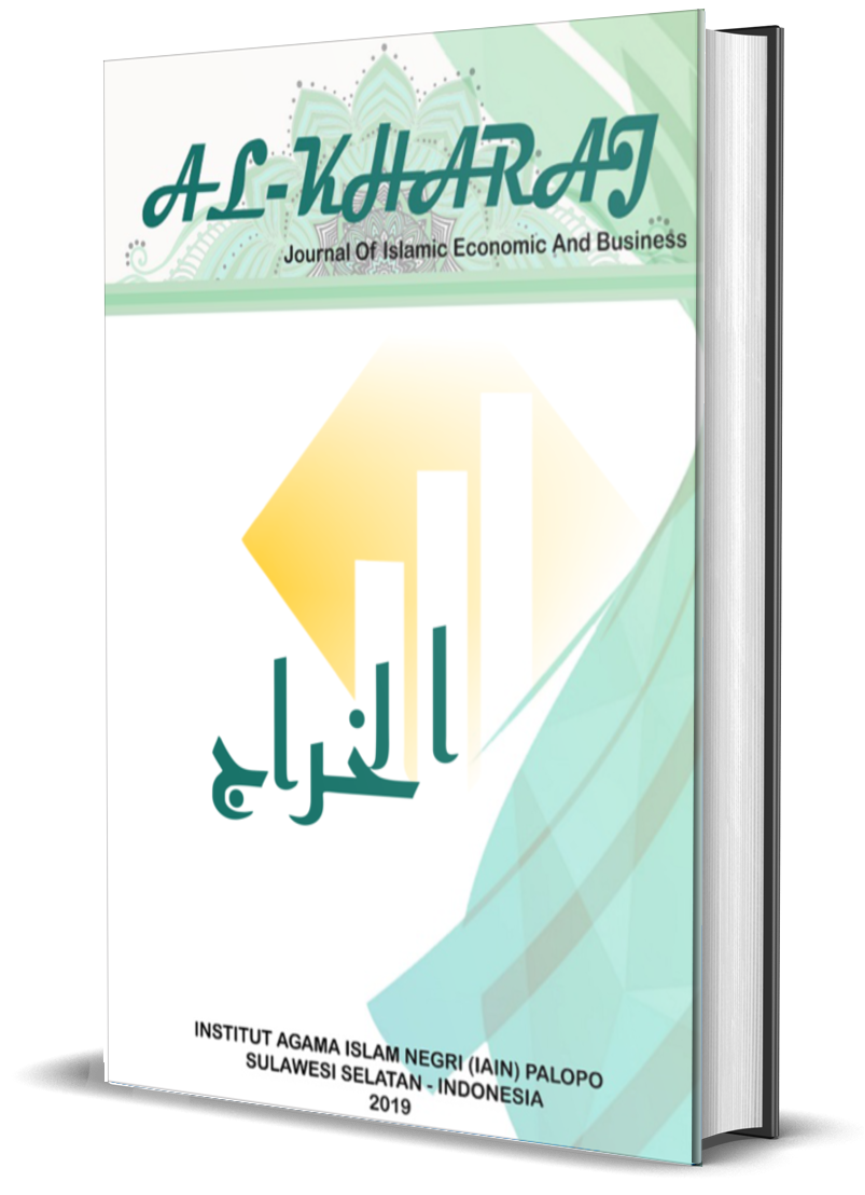Analysis of Factors Affecting Pais Optimization in Performance Assessment Police Personnel (Human Resources Bureau of Riau Police)
DOI:
https://doi.org/10.24256/kharaj.v7i4.8087Keywords:
Pais Optimization, Performance Assessment, Police PersonnelAbstract
This study uses a quantitative method with a descriptive and verifiable research design. The population in this study is all personnel in the Riau Police Human Resources Bureau involved in the use of the Performance Appraisal Information System (PAIS), totaling 77 people. Samples were taken using census sampling techniques, as the population is relatively small. Thus, all members of the population are used as research samples. Based on the results of the study on the analysis of factors that affect the optimization of PAIS in the assessment of the performance of police personnel at the Riau Police Human Resources Bureau, it is concluded that human resources, information system technology, and policies and regulations have a significant influence both partially and simultaneously on the optimization of PAIS. These three factors together contributed 57.8% to the optimization of PAIS, while the remaining 42.2% were influenced by other factors outside the variables studied. These findings affirm the importance of improving the quality of human resources, developing information technology, and developing appropriate policies to maximize the performance of the assessment system.
References
A.Belkaoui. (2017). Acoounting Theory (5th ed.).: (Edisi, Penerj.) Jakarta:Salemba Empat.
A.Chariri dan Imam Ghozali. (2017). Teori Akuntansi. Badan Penerbit Universitas Diponegoro, Semarang.
Arifin, Nofri.dkk. 2021. ANALISA PERANCANGAN SISTEM INFORMASI. Batam : Yayasan Cendikia Mulia Mandiri.
Davis, F. D. (1989). Perceived usefulness, perceived ease of use, and user acceptance of information technology. MIS Quarterly, 13(3), 319–340. https://doi.org/10.2307/249008.
Gomes, F. C. (2003). Manajemen Sumber Daya Manusia. Yogyakarta: Andi.
Hati, Adinda Kusuma, dkk, 2024. Evaluasi Kinerja : Langkah Strategis Meningkatkan Produktivitas Karyawan Yang Efektif, Gudang Jurnal Multidisiplin Ilmu, 2 (10), 57-63. E-ISSN : 2988-5760 Doi: https://doi.org/10.59435/gjmi.v2i10.952.
Laudon, K. C., & Laudon, J. P. (2020). Management Information Systems: Managing the Digital Firm (16th ed.). Pearson.
Locke, E. A., & Latham, G. P. (1990). A Theory of Goal Setting and Task Performance. Prentice Hall.
Maslow, A. H. (1943). A theory of human motivation. Psychological Review.
Nadapdap, N. N., Lindawati, T., & Yuniarto, A., 2022. Pengaruh Motivasi Kerja 115 Dan Lingkungan Kerja Terhadap Kinerja Dengan Kepuasan Kerja Sebagai Mediasi Pada Karyawan Pabrik Sepatu Di Surabaya. Jurnal Ilmiah Mahasiswa Manajemen : JUMMA, 11(1), 41–51. https://doi.org/10.33508/jumma.v11i1.3949.
Simon, H. A. (1960). The New Science of Management Decision. Harper & Brothers.
Sugiyono. (2013). Metode Penelitian Kuantitatif, Kualitatif dan R&D. Bandung: Alfabeta.
Sedarmayanti. (2018). Manajemen Sumber Daya Manusia: Reformasi Birokrasi dan Manajemen Pegawai Negeri Sipil. PT Refika Aditama.
Tornatzky, L. G., & Fleischer, M. (1990). The Processes of Technological Innovation. Lexington Books.
Zulkifli, M., dkk. (2021). Analisis Faktor yang Mempengaruhi Kinerja Pegawai Puskesmas. Jurnal Ilmu Administrasi dan Kebijakan Publik, 11(2).
Downloads
Published
How to Cite
Issue
Section
Citation Check
License
Copyright (c) 2025 Dimas Huda Luthfiyani, Abshor Marantika, Kasmawati, Mhd Fitra Pratama

This work is licensed under a Creative Commons Attribution-ShareAlike 4.0 International License.
Authors retain copyright and grant the journal right of first publication with the work simultaneously licensed under a Creative Commons Attribution-ShareAlike 4.0 International License. In line with the license, authors are allowed to share and adapt the material. In addition, the material must be given appropriate credit, provided with a link to the license, and indicated if changes were made. If authors remix, transform or build upon the material, authors must distribute their contributions under the same license as the original.









